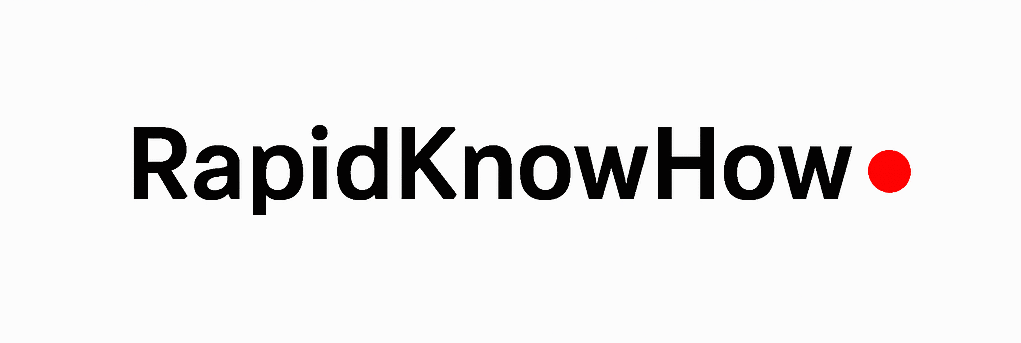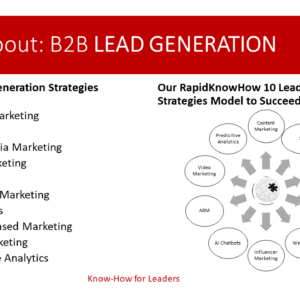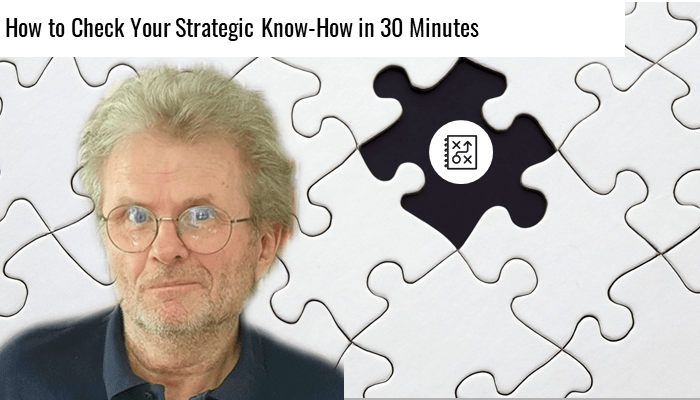💡 Wealth is more than money. It’s the compound result of multiple capitals, converted into sustainable outcomes.
1. The Formula
Total WEALTH=(F+K+R+L)×G
Where:
- F = Financial Capital (assets, cashflow, investments)
- K = Knowledge Capital (IP, know-how, skills, systems)
- R = Relational Capital (trusted partners, networks, clients)
- L = Legacy Capital (impact, continuity, values, brand)
- G = Growth Multiplier (execution discipline, compounding, AI leverage, asset-light scaling)
2. How It Works
- Financial Capital without Knowledge + Networks = fragile wealth.
- Knowledge Capital without Financial discipline = unused potential.
- Relational Capital without Legacy = short-term extraction, not lasting trust.
- Legacy Capital without Growth Multiplier = symbolic, not compounding.
- The Growth Multiplier (G) is the game-changer → applying Asset-Light + AI-Driven + Licensing Ecosystem makes the capitals compound exponentially.
3. Example Calculation (Simplified)
- Financial (F): 6/10
- Knowledge (K): 8/10
- Relational (R): 7/10
- Legacy (L): 5/10
- Growth Multiplier (G): 1.5 (with AI + licensing)
Total Wealth Score=(6+8+7+5)×1.5=26×1.5=39
Interpretation:
- Score < 20 → Fragile Wealth
- 20–40 → Growing Wealth
- 40+ → Thriving Wealth Leader
4. RapidKnowHow Action Guide
✅ Step 1: Self-assess each capital (1–10 scale).
✅ Step 2: Identify weakest capital → quick fix in 30 days.
✅ Step 3: Apply Growth Multiplier by:
- Building 1 asset-light product,
- Running 1 AI-powered process,
- Securing 1 partner license deal.
✅ Step 4: Recalculate quarterly → track progression from Fragile → Growing → Thriving.
5. Call-to-Action
🚀 “Don’t just grow assets. Multiply Total Wealth.”– Josef David
👉 Start your 30-Day Total Wealth Sprint → One practical action per capital + Growth Multiplier.
Explaining the Formula Parameters
Here’s a crisp, evidence-based rubric for scoring each parameter in the formula
Total WEALTH = (F + K + R + L) × G. Use the anchors to pick a 0–10 score per parameter fast, then multiply once by G.
1) F — Financial Capital (0–10)
What it is: Net worth strength + cashflow surplus + liquidity + debt quality.
Assess with: Runway, savings rate, debt risk, income-stream count.
Anchors
- 0–2: Runway <1 mo; savings rate <5%; high-interest/rolling debt; 1 income stream.
- 3–4: Runway 1–3 mo; savings 5–10%; debt manageable; 1–2 streams.
- 5–6: Runway 3–6 mo; savings 10–20%; no toxic debt; 2 streams.
- 7–8: Runway 6–12 mo; savings 20–30%; allocation on autopilot; 3+ streams.
- 9–10: Runway 12+ mo; savings 30%+; antifragile allocation; 4+ streams; stress-tested drawdown plan.
Evidence to check: Net worth sheet, bank rules for auto-transfers, debt APRs, surplus trend (6–12 months).
30-day booster: Automate surplus split (EF / Index / Cashflow build / Impact) on payday.
2) K — Knowledge Capital (0–10)
What it is: Codified know-how you can sell or license (playbooks, tools, IP).
Assess with: Productization, proof, update cadence, AI leverage.
Anchors
- 0–2: Expertise in your head only; no documents or repeatable method.
- 3–4: Notes exist but fragmented; no user results; no packaging.
- 5–6: 1 documented playbook or tool (MVP); first user results; irregular updates.
- 7–8: 2–3 market-ready assets (PDF/HTML/tools); case proofs; monthly updates; AI used for ops.
- 9–10: Portfolio of 4+ assets; measurable results; versioned SOPs; QA loop; fast cloning into new niches.
Evidence to check: Number of sellable assets, case studies, version history, SOPs.
30-day booster: Ship one 1-pager + mini-tool that solves a painful problem, with before/after metrics.
3) R — Relational Capital (0–10)
What it is: Trust network that creates distribution, referrals, and deals.
Assess with: Active partners, partner-sourced revenue, responsiveness, pipeline.
Anchors
- 0–2: No partners; ad-hoc intros; no CRM or tracking.
- 3–4: A few warm contacts; no signed terms; irregular comms.
- 5–6: 3 active partners; simple rev-share; monthly touches; first partner revenue.
- 7–8: 5–10 partners; ≥30% revenue via partners; weekly cadence; co-marketing running.
- 9–10: Portfolio 10+; ≥50% revenue via partners; SLAs + dashboards; predictable pipeline.
Evidence to check: Signed partner sheets, % revenue via partners, comms cadence log.
30-day booster: Draft a one-page partner brief and secure one signed rev-share or license this month.
4) L — Legacy Capital (0–10)
What it is: Enduring value—brand trust, continuity, governance, impact.
Assess with: Repeat revenue, brand signals, succession, documentation.
Anchors
- 0–2: Person-dependent; no documentation; no continuity plan.
- 3–4: Basic docs; sporadic repeat buyers; unclear brand promise.
- 5–6: Clear promise; 20–40% repeat revenue; basic succession & IP registry.
- 7–8: 40–60% repeat revenue; brand proof (testimonials, earned media); handover pack; governance basics.
- 9–10: 60%+ repeat; mission & playbooks survive leadership changes; legal/IP strong; measured impact.
Evidence to check: Repeat rate, testimonials, SOP set, IP filings, handover checklist.
30-day booster: Create a handover pack (mission, SOP index, access keys, revenue map) and a 1-page brand promise.
5) G — Growth Multiplier (0.5–3.0, applied once)
What it is: Execution discipline that compounds capitals—Asset-Light × AI × Licensing.
Assess with: Ship cadence, automation %, scalability, partner reach.
Anchors (set one value, don’t multiply twice)
- 0.5–0.9: Projects stall; manual workflows; no partners; releases quarterly or slower.
- 1.0–1.3: Monthly releases; some templates; 1–2 partners; light automation.
- 1.4–1.7: Bi-weekly or weekly releases; SOPs; 3–5 partners; core process 30–60% automated.
- 1.8–2.3: Weekly/continuous; license ops; 5–10 partners; 60–80% automation; repeatable launches.
- 2.4–3.0: Continuous ship; multi-license engine; 10+ partners; 80%+ automation; new SKU spin-ups in days.
Evidence to check: Release log, SOP coverage, % automated steps, # partners, time-to-launch.
30-day booster: Standardize one core process end-to-end (SOP + checklist + AI steps) and run two partner co-promos.
Quick 15-Minute Audit (how to score fast)
- Read each anchor set.
- Pick the highest anchor where all statements are true for you.
- Record F, K, R, L (0–10) and G (0.5–3.0).
- Compute (F+K+R+L) × G and classify: <20 Fragile • 20–40 Growing • >40 Thriving.
- Choose one 30-day booster per weakest area and re-score next month.
Tie-ins to your live tools (optional, simple)
- F → Wealth Compass + Cashflow Allocator
- K → 30-Day Sprint Planner (ship one asset)
- R → Partner Ecosystem Map (sign one deal)
- L → Sprint task: Handover Pack + Brand Promise
- G → ROICE quick scan + SOP one core process















